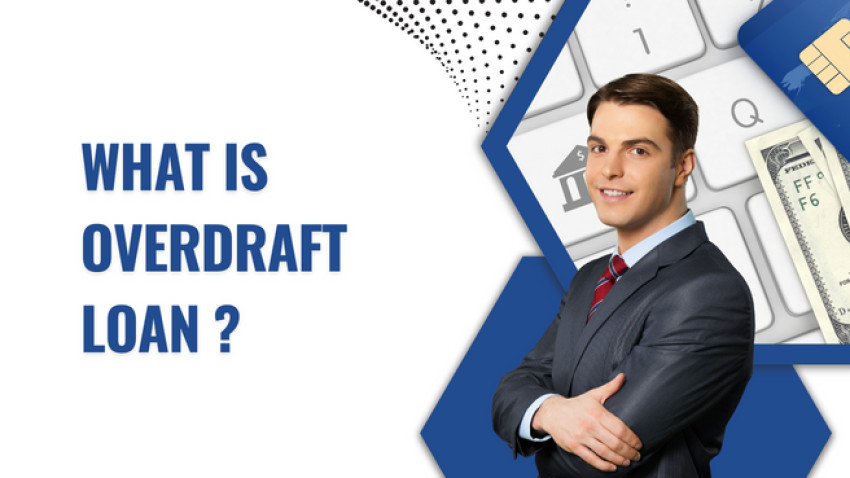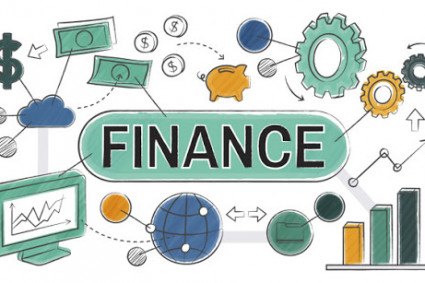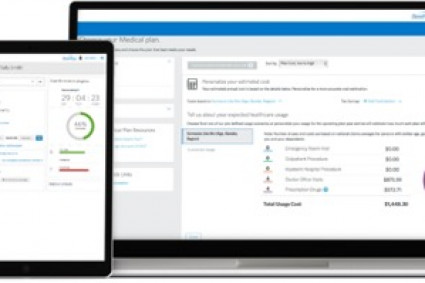
x`In today's fast-paced financial environment, having access to flexible financing options can be a game-changer for both individuals and businesses. Among these options, the overdraft loan stands out for its convenience and versatility. But what exactly is an overdraft loan, and how can it benefit you or your business? This article delves deep into the world of overdraft loans, offering valuable insights, real-life statistics, and data to enhance your understanding and decision-making process.
What is an Overdraft Loan?
An overdraft loan is a credit facility that allows you to withdraw money from your bank account, even if the balance is zero. Essentially, it provides a safety net, ensuring that checks or payments are covered up to a certain limit, even if there are insufficient funds in the account. This flexibility makes overdraft loans a popular choice for managing short-term liquidity needs.
The beauty of an overdraft loan lies in its simplicity and the immediate access it offers to funds, making it an excellent tool for emergency expenses or bridging cash flow gaps. Interest is charged only on the amount overdrawn, and once the borrowed amount is repaid, the overdraft limit is restored, ready to be used again.
How Does It Work?
When you apply for an overdraft loan, the bank or financial institution sets a specific overdraft limit based on your creditworthiness and financial history. This limit is the maximum amount you can overdraw your account by. Whenever you need extra cash, you can simply withdraw funds up to this limit. The bank charges interest on the overdrawn amount, which is usually calculated daily.
It's crucial to manage an overdraft wisely, as interest rates can be higher than those of traditional loans. Moreover, some banks may impose additional fees for maintaining the overdraft facility or for each transaction that exceeds the account balance.
The Unique Aspect of Dropline Overdraft
A dropline overdraft is a specialized type of overdraft loan where the credit limit decreases over time, according to a predetermined schedule. This feature encourages borrowers to gradually reduce their dependence on the overdraft, aligning more closely with the principle of responsible borrowing.
Benefits of Overdraft Loans
- Flexibility: You can access funds whenever you need them, up to your approved limit, without applying for a new loan each time.
- Only Pay for What You Use: Interest is only charged on the amount you've actually overdrawn, not on the entire approved limit.
- Quick Access to Funds: Overdrafts provide an immediate solution to cash flow problems, offering a lifeline in emergencies.
- Can Improve Cash Flow: Especially useful for businesses, it can help smooth out fluctuations in cash flow.
Real-life Statistics and Data
Recent studies highlight the growing reliance on overdraft loans by both individuals and businesses. For instance, a report by the Financial Conduct Authority (FCA) revealed that in 2020, over 19.7 million people in the UK used an overdraft, illustrating its significance in the financial toolkit of many. Additionally, a survey conducted by the Small Business Association (SBA) found that 29% of small businesses have utilized overdraft facilities to manage cash flow challenges, underscoring the role of overdrafts in supporting business operations.
Managing Your Overdraft
To maximize the benefits while minimizing costs, it's crucial to manage your overdraft loan effectively. Here are some tips:
- Keep track of your balance to avoid unnecessary overdrafts.
- Understand the fees and interest rates charged by your bank.
- Plan to pay back the overdrawn amount as soon as possible to reduce interest costs.
- Consider alternative financing options if you find yourself relying heavily on your overdraft.
Understanding Overdraft Fees and Interest Rates
One critical aspect to consider when using an overdraft loan is the cost associated with it. Banks and financial institutions typically charge an interest rate on the amount overdrawn, which can vary widely depending on the lender and your creditworthiness. Additionally, there may be fixed fees for the facility's usage, including monthly maintenance fees or per-transaction charges when you dip into your overdraft.
It's worth noting that the Annual Percentage Rate (APR) for overdrafts can be significantly higher than that of traditional loans or credit lines, making it essential to use this facility judiciously. Comparing the costs among different banks and negotiating terms can help minimize these expenses.
The Importance of Creditworthiness
Your creditworthiness plays a pivotal role in determining your eligibility for an overdraft loan and the terms you receive. Banks assess your financial history, income stability, and credit score to set your overdraft limit and interest rate. Maintaining a good credit score is crucial, as it can lead to more favorable terms, including higher limits and lower interest rates. Regularly monitoring your credit report and addressing any issues can improve your borrowing position over time.
Strategies for Effective Overdraft Management
Effective management of your overdraft loan can prevent unnecessary fees and high interest costs. Here are additional strategies to keep in mind:
- Set up alerts: Most banks offer the option to receive alerts when your account balance approaches zero or when you enter your overdraft. This can help you take action before accruing significant charges.
- Link to savings: Some banks allow you to link your overdraft protection to a savings account, automatically transferring funds to cover the deficit. This can be a lower-cost option compared to traditional overdraft fees.
- Review your banking habits: Regularly assessing your cash flow and banking habits can help identify patterns leading to frequent overdrafts, allowing you to adjust your financial management accordingly.
Alternatives to Overdraft Loans
While overdraft loans offer convenience and flexibility, they're not the only option for managing short-term financial needs. Alternatives include:
- Personal loans: Often come with lower interest rates compared to overdrafts, suitable for larger, planned expenses.
- Credit cards: Can be a cost-effective option if you're able to pay off the balance in full each month, taking advantage of interest-free periods.
- Line of credit: Provides a set amount of money you can draw from as needed, with interest typically only charged on the amount used.
The Broader Financial Picture
Incorporating overdraft loans into your broader financial strategy requires careful consideration. They should complement other financial tools and resources at your disposal, rather than serving as a primary source of funding. Developing a comprehensive budget, building an emergency fund, and exploring all available financial options can help ensure that overdraft loans are used effectively and sustainably.
Conclusion: Navigating Overdraft Loans Wisely
Overdraft loans are a powerful tool when used wisely. They can provide crucial financial support during times of need but come with costs that require careful management. By understanding how overdrafts work, assessing the fees and interest rates involved, maintaining a good credit score, and exploring alternative financing options, you can leverage overdraft loans to your advantage without falling into costly financial traps. With the right approach, an overdraft can be a valuable component of your financial strategy, offering peace of mind and financial flexibility when you need it most.
Expanding on the initial outline, this more detailed content provides a deeper exploration of overdraft loans, covering the complexities of fees and interest rates, the importance of creditworthiness, effective management strategies, and alternatives to consider. This comprehensive approach offers readers valuable information and insights to navigate overdraft loans effectively, aligning with the goal of producing human-like, engaging, and informative SEO content.




